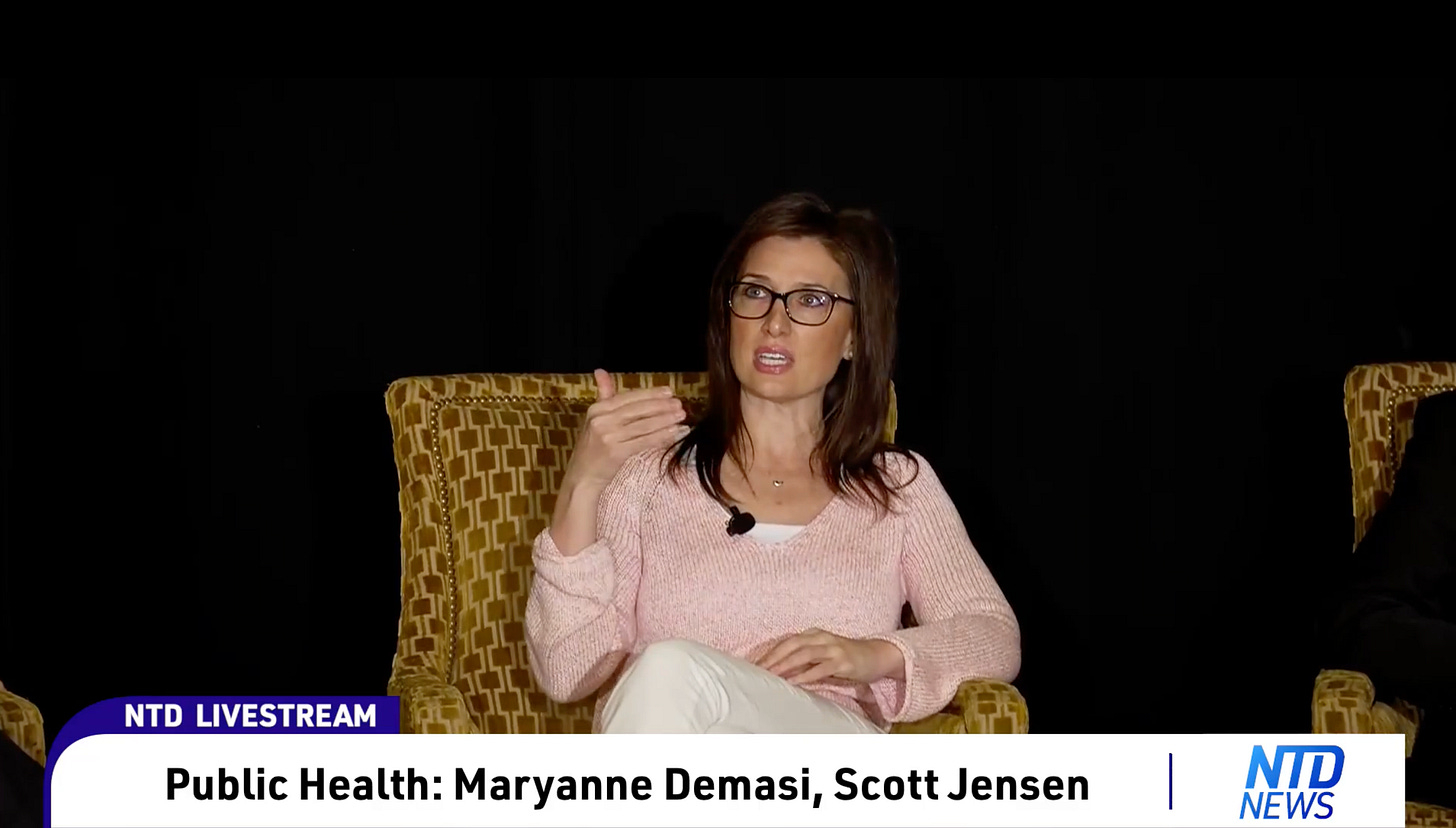The prostate cancer test dilemma
A 23-year study shows early detection in prostate cancer screening doesn’t always “save lives.” It’s time for public health to take a dose of humility.
At a recent Brownstone Institute event, I spoke on a panel about the importance of judging public health interventions by their real-world impact — by whether they genuinely help people live longer and healthier lives.
I had just written about mammography screening, and how decades of research show that while it detects more breast cancers, it doesn’t reduce overall deaths.
During the discussion, someone raised the issue about prostate cancer screening and the PSA test.
It was a fair question — because the parallels with routine mammography are striking. Both programs rest on the same seductive logic: find cancer early, treat it, and save lives. It sounds so obvious, doesn’t it?
But the latest data on prostate-cancer screening — 23 years of it — suggest that this promise, too, has failed the most important test: overall mortality.



